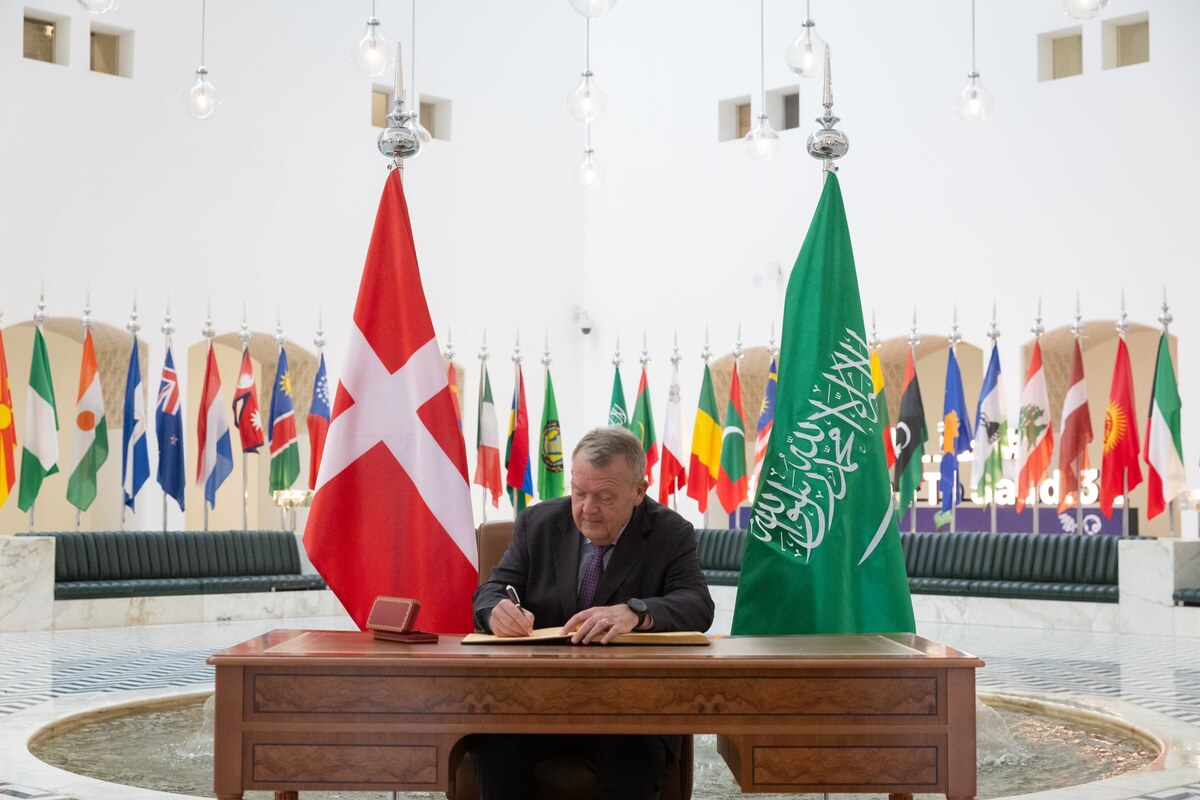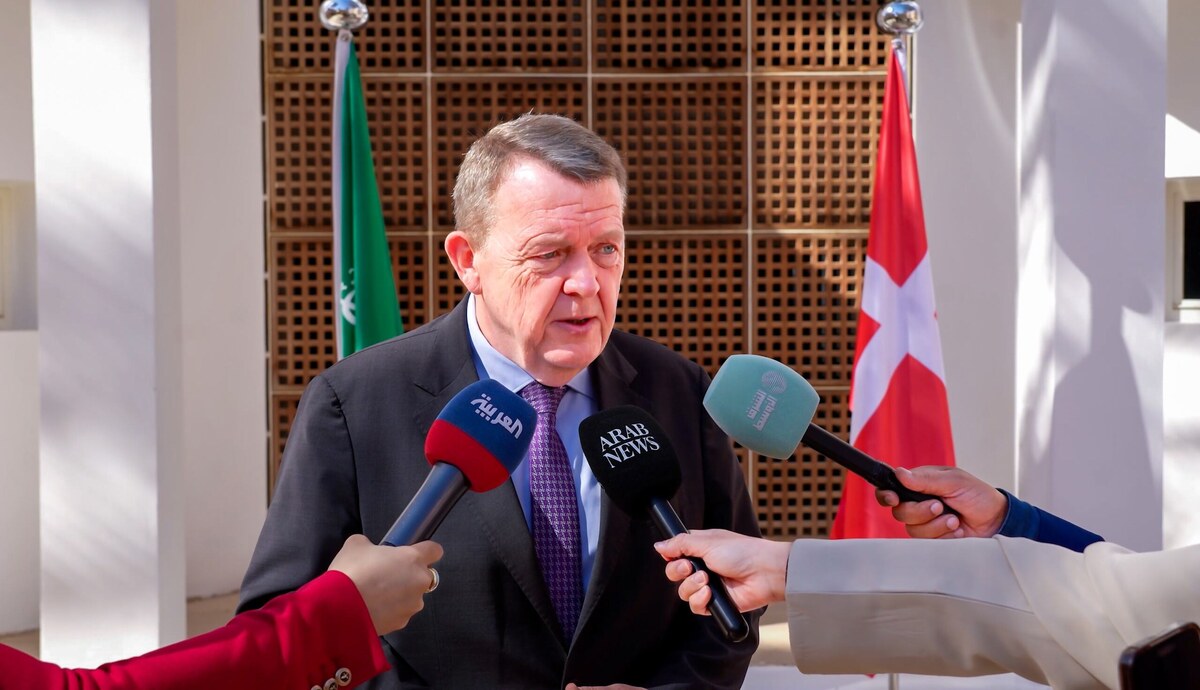Microorganisms are the cornerstone of all marine life in the Red Sea

https://arab.news/bt76q
Between the continents of Africa and Asia lies the Red Sea, a semi-enclosed basin located in oligotrophic (limited in nutrients) tropical and subtropical regions. Despite its harsh conditions, including elevated temperatures, high salinities and limited nutrients, it harbors rich diversity.
Within its clear blue waters lies another world, unseen to the naked eye but which plays a significant role in marine ecosystems.
Microbes are found suspended in the water column, spanning from the surface to the deep, dark sea. With millions of cells and particles in only one milliliter, they indeed form the unseen majority of the Red Sea.
Although microbes have often been overlooked, they are an essential component of the marine ecosystem.
They stimulate nutrient cycling, contribute to oxygen production, promote gas exchange between the sea and the atmosphere, support fisheries and form symbiotic relationships with fish and invertebrates to maintain a healthy balance in this marine environment.
These microbes together form a natural cycle called the microbial food web. It includes complex trophic interactions, in which energy and matter are recycled through microorganisms to reach higher levels in the food chain.
Microbial communities are composed of living organisms and nonliving biological entities such as viruses.
Cyanobacteria, tiny photosynthetic bacteria (0.2 to 0.2 micrometers), form the base of the microbial food web. Like plants, they perform photosynthesis to gain energy from sunlight to produce oxygen and organic matter.
Although microbes have often been overlooked, they are an essential component of the marine ecosystem.
Eman Sabbagh
Heterotrophic bacteria (0.2 to 0.5 micrometers), another element in the microbial food web, rely on the organic matter produced by cyanobacteria as a source of energy.
Another member of the microbial community is zooplankton, which are slightly larger (2 to 20 micrometers) and mainly predate on bacteria as their preferred source of food.
Viruses, meanwhile, are also important microbial components of the food web. Although they are very small (0.02 to 0.2 micrometers), they are the most abundant biological entities on the planet.
When we hear the word virus, the first thing that comes to mind is infection and mortality, but in truth viruses play a far more important role in the health and balance of marine ecosystems.
The contribution of beneficial microorganisms within the microbial food web, as well as those forming symbiotic relationships with other marine creatures and those simply suspended in the water column, serves as the cornerstone of all forms of marine life and, without it, life in the sea would not exist.
Indeed, these microscopic microbes have revealed some secrets, but much mystery remains hidden.
In celebration of World Water Day, I hope this article can help raise awareness about global waters, shedding light not only on the widely seen part but also on the invisible one.
I also want to take a moment to emphasize the remarkable efforts undertaken by the National Center for Wildlife in discovering novel habitats, such as blue holes, which I am sure are full of mystery.
The National Center for Wildlife is also dedicated to protecting marine and coastal environments in the Red Sea and Arabian Gulf, including coral reefs, seagrass and mangroves and the associated biodiversity, from large marine mammals to tiny algae, aligning with the Saudi Green Initiative and Vision 2030.
• Eman Sabbagh spent eight years at King Abdullah University of Science and Technology working in the field of the microbial ecology of the Red Sea. She now works at the National Center for Wildlife.

































